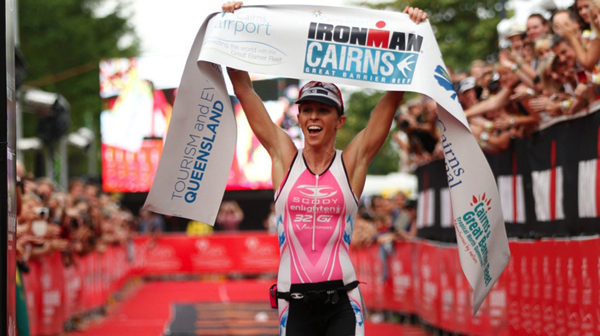KPR Thoughts (8) – Elements of a modified Kona Qualifying System
In the last posts, I have been laying the groundwork for the changes to the KPR that I propose. This post brings these thoughts together and introduces the main elements of my suggestion for a modified Kona qualifying system.
Have some Direct Qualification Slots
As I have outlined in „Why have a points system“, I think there are a lot of advantages to slots that you can get from having one great result in a limited number of Ironman races. My base line suggestion is as follows:
- Top 10 from Kona get a direct slot (while still requiring validation, winner still has an AQ status and doesn’t count = 9 slots)
- Top 5 from the three Regional Championships get a direct slot (3 races * 5 slots = 15 slots)
- Top 3 from the five „Continental races“ get a direct slot (5 races * 3 slots = 15 slots)
You can certainly play with the numbers and reduce the number of direct slots (e.g. 6 + 3*3 + 5*2 = 25 slots), but the important point is that there are direct slots (from racing very well in one race) and points slots (from racing well in multiple races).
Award the Rest of the Slots through a Points System
This leaves at least 11 slots open for those athletes that are willing to work for their slots (i.e. race more often) – in fact there would be some more as there won’t be a rolldown for the automatic slots. The points slots could be assigned by a system that is very similar to the KPR system today, with points from all of the Ironman races offering a Pro category counting towards Kona qualifying.
The number of races that count towards Kona qualifying could be similar to what we have today (up to 5 races including up to 3 70.3s), but as I discussed in “Which and how many races should qualify for Kona” I suggest to lower the number to reduce the impetus for racing many IMs over the season. My suggestion would be to have up to three IMs plus up to two 70.3s.
I would also suggest to simplify the points schedule: After the direct slots, all races should be P-2000 races (so that 11th Kona = 6th in the Regionals = 4th in the Continentals = 1st in other IMs = 2000 points).
Some more details
Of course there are a lot more details that have to be clarified for a complete system. Here are some that I have been thinking about:
- 50 slots for both the men and the women
- no roll down for the direct slots (slots declined or not needed go to the points slots – so there will probably be about 15 to 20 points slots)
- points slots are awarded at the end of July
- only August slots would be the direct slots from Mt. Tremblant
- the Regional and Continental races should be spread on the calendar so most months have one direct qualifying race (e.g. October-Kona, November-Arizona/Florida, December-Western Australia, March-Melbourne, April-South Africa, May-Brasil, June-France, July-Frankfurt, August-Mt. Tremblant)
I think that such a system could be a great compromise between those that want to focus on Kona and those that are willing to work hard for their Kona slot. It’ll be interesting to see what ideas WTC is considering and what system they will decide on.
Please add your voice to this discussion, it is important to Professional IM racing to have an open broad discussion before any final decisions are made!
